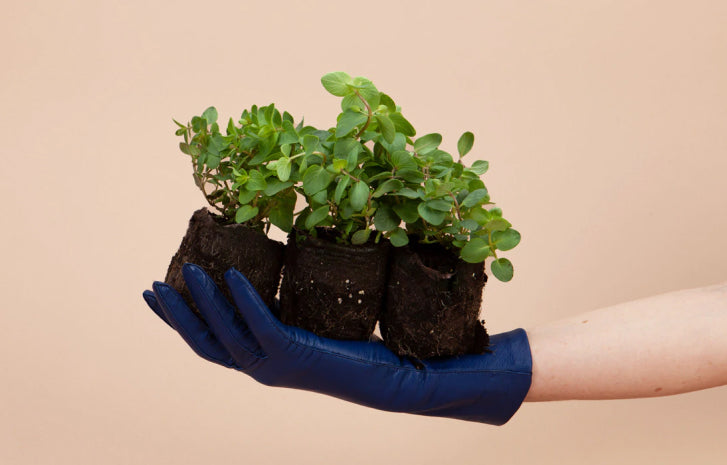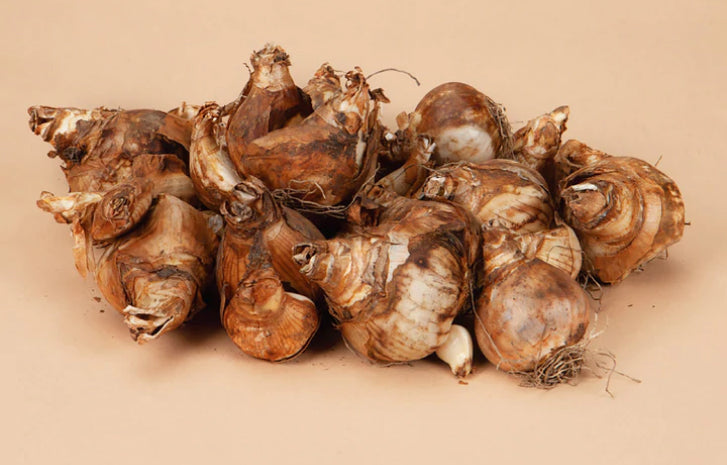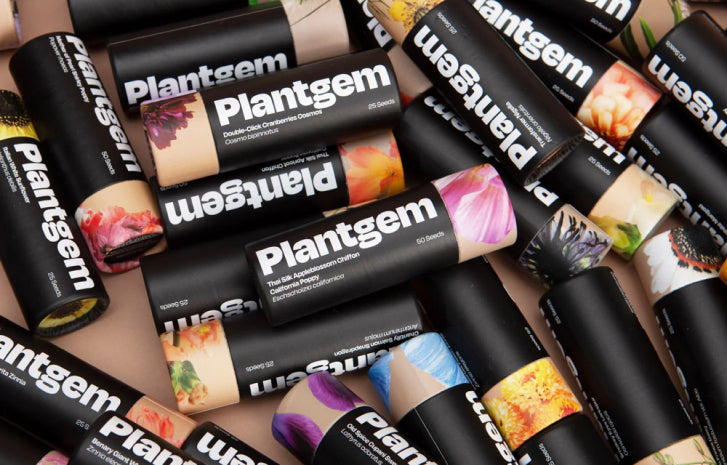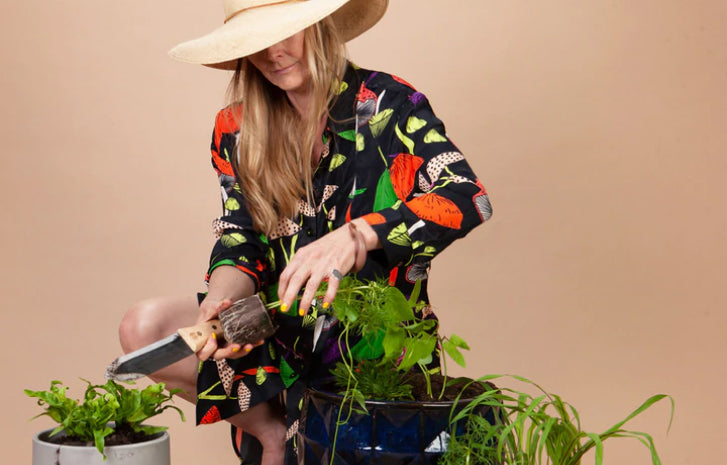
Gardening is a metaphor for life. With that in mind, we (often) set aside the hard and fast rules in favor of curiosity, exploration, simplicity, and intuition.
As in life, however, certain systems (such as astrology and planting zones) can be useful. Just as understanding your astrological chart can, say, help you decode the reason you’re only attracted to textile designers from the Poconos, understanding your planting zone can help you choose plants best suited for your part of the world. In our experience, illumination in both of these areas leads to greater overall success and satisfaction.
Decoding the Zones
When shopping for plants, you’ll likely see phrases such as plant hardiness zones, growing zones, and planting zones. These terms all refer to the same thing and exist to help you select the plants most likely to thrive in your specific region.
In the United States, gardening zones are broken into 13 areas. Each zone covers a 10 degree range, from Zone 1 (the coldest — think Alaskan tundra), with an average minimum winter temperature of -60 to -50 degrees F, to Zone 13 (the balmiest — think Hawaii and Puerto Rico), with an average minimum winter temp of 60 to 70 degrees F.
How to Rock Your Zone
Each of the 8 zones on our map can be identified by color. Here are some guidelines to take into consideration when gardening in your zone:
- Zone 3 is found throughout Alaska, northern parts of the United States, and other high-altitude areas.
- Average minimum temperatures range between -40 to -30 degrees F.
- Your growing space will determine much about what you are able to plant in Zone 3. Choose areas that are sheltered from high winds. Extreme cold and low moisture will affect growing conditions.
- Zone 4 covers the southern coastal areas of Alaska, northern areas of the United States, and high elevations found in the western mountains,
- Minimum average temperatures range between -30 to -20 degrees F.
- Planting in this zone is less challenging than in colder zones, yet its relatively short growing season impacts both vegetables and flower bloom times.
- Zone 5 includes the southern coastal region of Alaska, North Central United States and portions of New England.
- Average minimum temperatures range between -20 and -10 degrees F.
- Expect moderately cold winters with a short growing season that can be extended by using cold frames or plant starts.
- Zone 6 covers a large portion of the United States and is broken into subsets.
- Zone 6a has a minimum average temperature of -10 to -5 degrees F.
- Zone 6b has a minimum average temperature of -5 to -0 degrees F.
- Cold winters and mild-to-hot summers offer many growing options in this zone.
- Zone 7 spans approximately 15 U.S. states and is characterized by cool (rather than cold) winters.
- Average minimum temperatures fall between 0 to 10 degrees F.
- Enjoy multiple plant options in this relatively milder zone.
- Zone 8 covers much of the southern United States and Pacific Northwest coastline.
- Average minimum winter temperatures range between 10 to 20 degrees F.
- This zone’s hot summers and mild winters offer a long planting season.
- Zone 9 is in California, Arizona, Texas, Florida, and along the Gulf of Mexico coastline.
- Average minimum winter temperature of 20 to 30 degrees F.
- With warm winters and hot summers, this zone features and offers year-round gardening potential.
- Zone 10 includes Southern inland California, southern Florida, and Hawaii.
- Average minimum winter temperature falls between 30 to 40 degrees F.
- While Zone 10 gardeners will avoid freezing temperatures, they must also learn to work with the planting limitations that extreme summer heat presents.
Climate caveat: as we said, these are guidelines, not rules. Things change and we adapt. Plants, like your own wild and unique spirit, cannot be limited by circumstance or the vagaries of weather. If you love a flower, you’ll find a way to help it grow, regardless of where you live. Our goal at Plantgem is to make the exquisite, messy, joyful, uncertain adventure of gardening the norm, one plant at a time.




